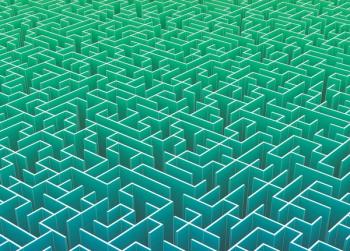
How should we be treating our DME patients?
Dr Maeve O'Doherty discusses the literature review she conducted to determine best practice in the treatment of diabetic macular oedema.
Key Points
The optimum treatment of diabetic macular oedema (DME) has still yet to be defined. While many surgeons believe in the power of the laser, others are beginning to advocate the benefits of drug therapies. The truth is, there is no one clear winner. Laser photocoagulation treatment is one of the oldest forms of treatment for DME; hence a wealth of data in support of its efficacy exists and, as such, it is still recommended as first-line treatment for DME. However, the success rates of laser therapy are far from perfect, thus a great deal of research has been conducted in the quest to find a suitable adjunct or alternative.
The search for the answer begins
"Our aim was to arm ophthalmologists with knowledge from evidence-based research that would allow them to integrate recent ophthalmic advancements into their treatment regimes," said Dr O'Doherty. "Ultimately, we wanted to provide some clear treatment guidelines based on the patient's condition and based on the scientific evidence to date," she added.
The team performed a literature review of all English language articles from Medline and Cochrane database, confining the search to randomized controlled clinical trials in humans from 1979 to 2007. Thirty-one relevant articles were returned.
Laser therapy still the mainstay
"The ETDRS was a landmark study; not only did it help us to understand the nature of the disease, but it was also the first properly conducted randomized trial to establish the benefits of laser for the treatment of DME and proliferative diabetic retinopathy," explained Dr O'Doherty.
The evidence that laser treatment preserves vision in eyes with DME is now well documented; however no definitive consensus has been reached on the optimum laser type (argon, diode, dye, krypton) or technique.5–13 Although still considered the gold standard of DME treatment, laser therapy is not without its complications. Known adverse events include foveal burn, central visual field defect, colour vision abnormalities, retinal fibrosis, and spread of laser scars.12–14 A long-term study did find that, after five years, more than 50% of patients did not experience any laser-related complications; however, 21% were found to develop either subretinal fibrosis or atrophic creep, while hard exudates as well as all other complications were found to be more common in type 2 diabetics, thus resulting in a poorer outcome.13
Newsletter
Get the essential updates shaping the future of pharma manufacturing and compliance—subscribe today to Pharmaceutical Technology and never miss a breakthrough.












































